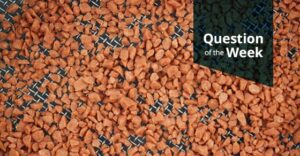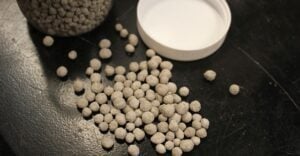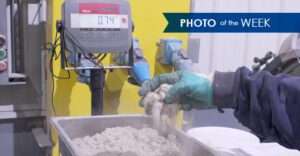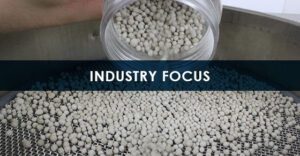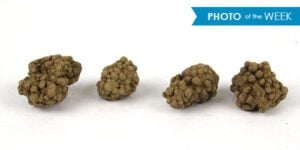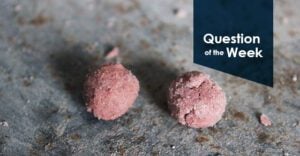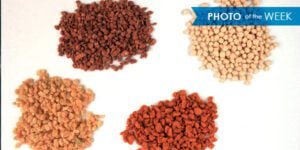What are the challenges in potash processing?
The unique characteristics of potash can present challenges during processing, whether it is being processed via pelletization or compaction granulation. Potash, and many other salts, are hygroscopic, meaning they easily absorb and retain moisture from the environment. As a result, potash is prone to clumping …

